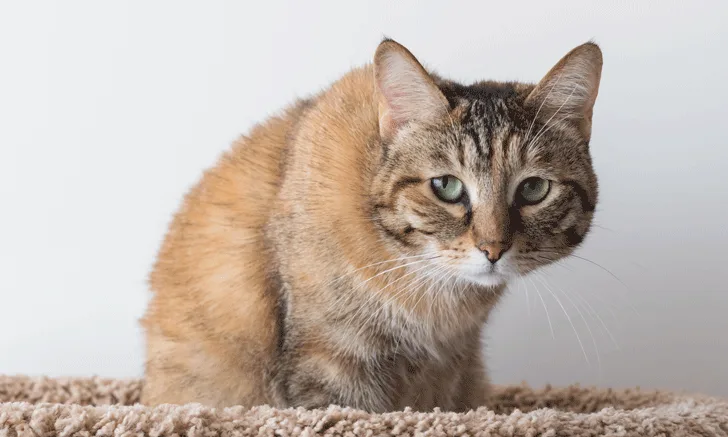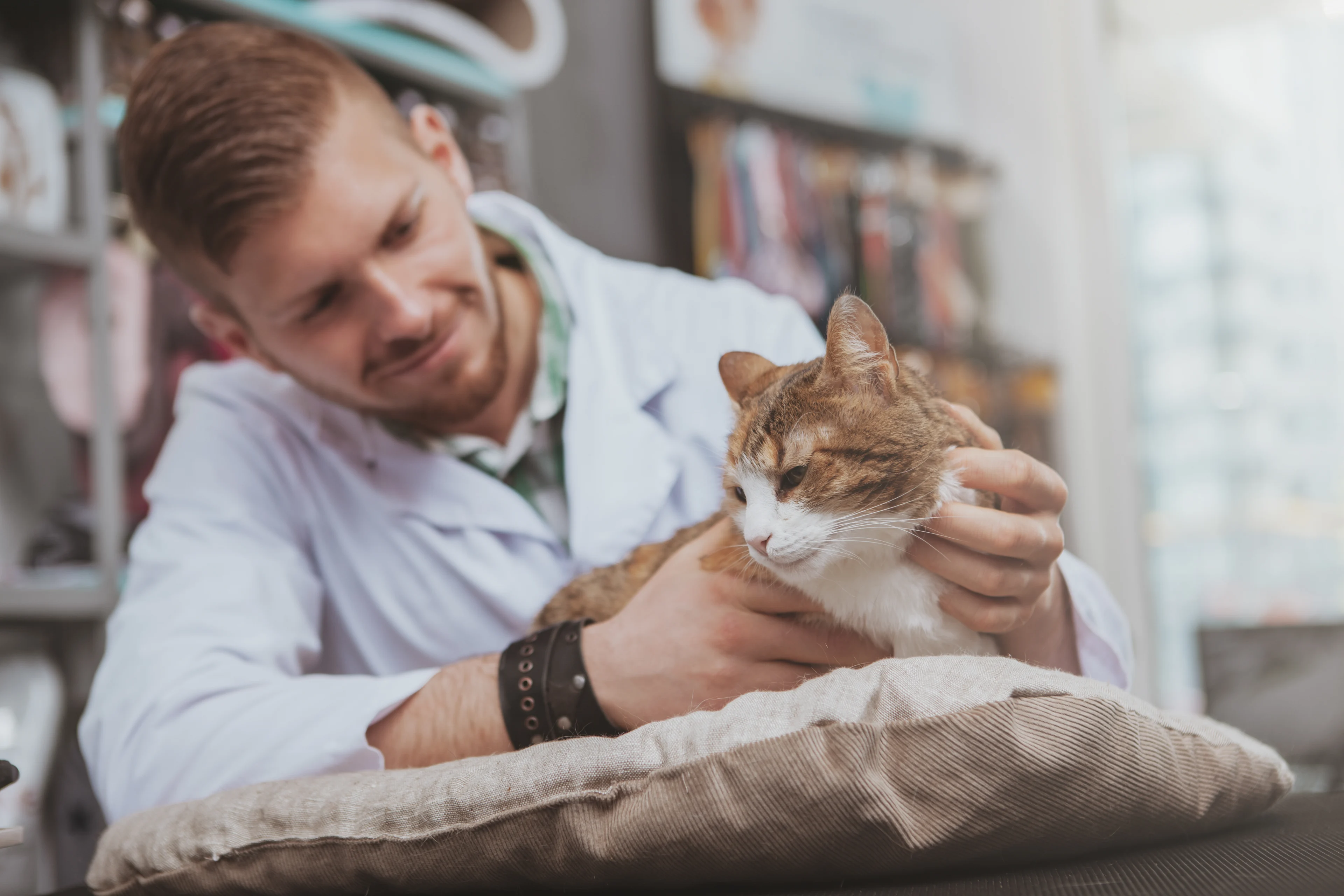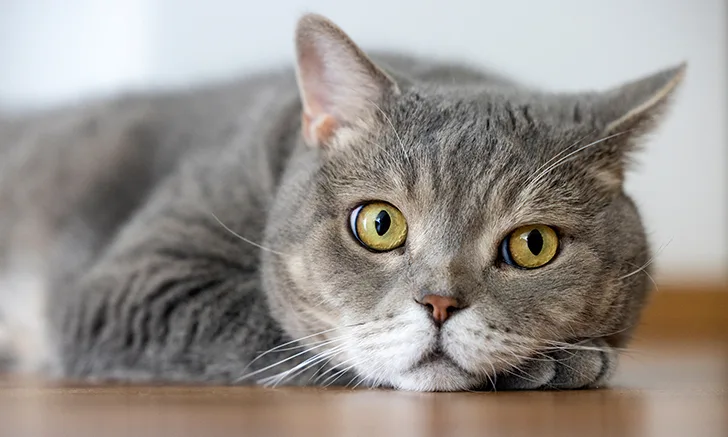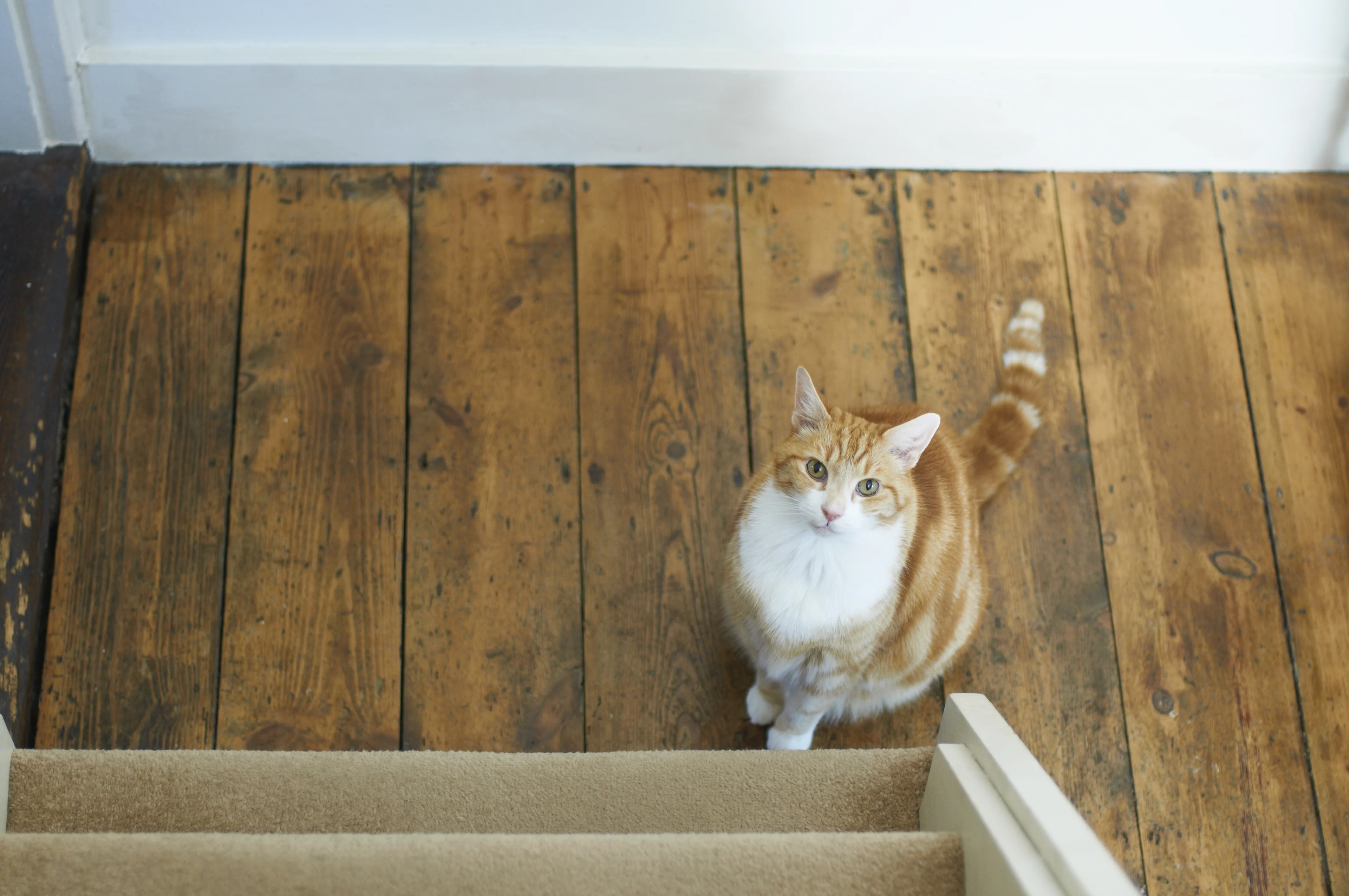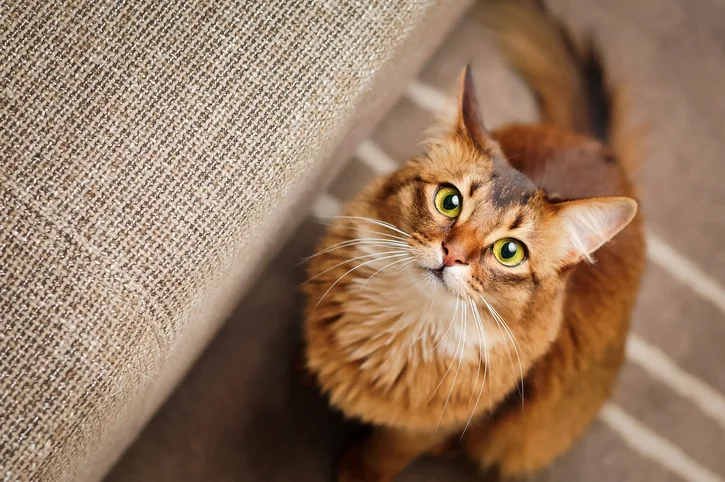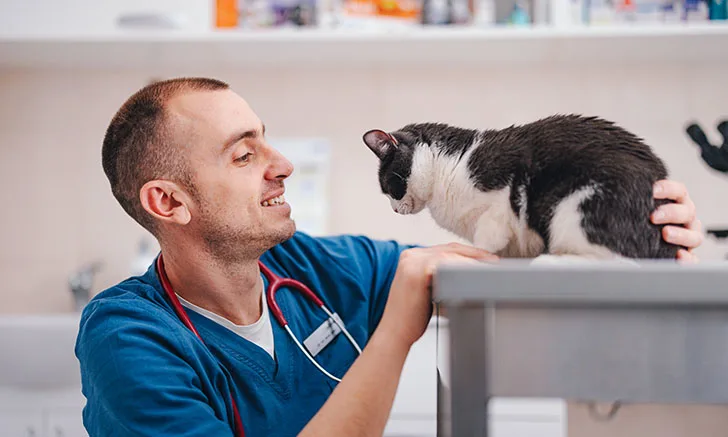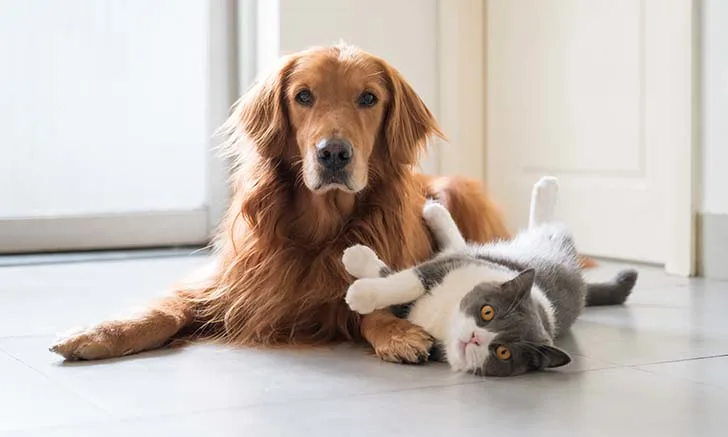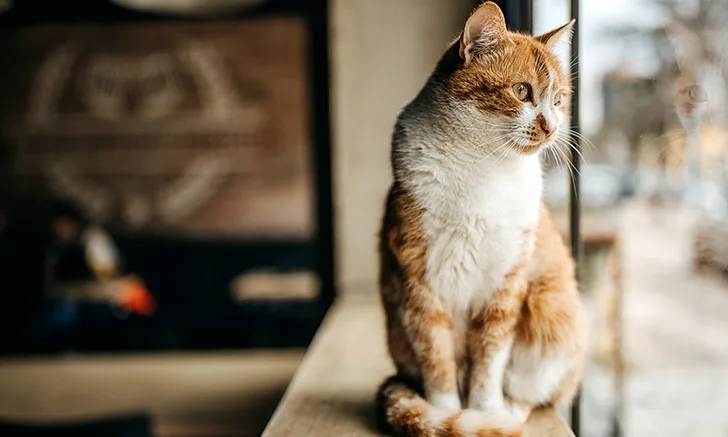Your Resource to Helping More Cats with Chronic OA Pain
The Feline OA Library: Your Resource to Helping More Cats with Chronic OA Pain
Cats complain plenty when the food bowl is empty, but they use a different language when they’re in pain. From CE offerings to interactive case-based quizzes, these assets are here to provide a refresher on the signs of chronic feline pain, share tips on how to communicate these signs to pet owners, and offer insights and data into what’s new and on the horizon for feline pain management so we can help get more cats to feeling better.

Featured Content
Although osteoarthritis (OA) is not curable, the intensity of OA pain can be slowed if identified and treated early. Equip your team and your clients with the tools necessary to ensure these patients retain good quality of life.
Making sure cats—and cat owners—feel comfortable at the clinic is key to catching feline OA early. Take home some tips from this cat-centered approach.
Assessing quality of life isn’t one-size-fits-all. Consider these evidence-based factors for degenerative joint disease in cats.
Interactive Content
Did you know osteoarthritis affects 60% of adult cats? Follow the interactive case of Abby, a 13-year-old cat, to get tips on how to detect and treat feline OA, including an introduction to a revolutionary, new FDA-approved treatment.
Are your feline patients hiding pain? Find out how your OA knowledge stacks up with this self-quiz.
Podcasts
Boarded feline specialist, Dr. Colleran discusses the growing prevalence of feline osteoarthritis (OA), including treating and managing OA-associated pain. Cats are never themselves when in the clinic, which can complicate obtaining an accurate pain assessment. Dr. Colleran also shares expert tips and tools for conducting pain assessments, obtaining a thorough patient history, and getting pet owners to maintain good follow-up and compliance.
Webinars
Help alleviate OA pain in more feline patients. In this webinar, get innovative insights into OA management and an examination approach to identify feline OA pain in just 5 minutes.
Are you able to identify subtle signs of chronic pain in your patients? Dr. Tamara Grubb is here to offer tips for detecting pain in its earliest stages and will discuss novel treatment strategies for pain control in this 1-hour webinar.
This webinar will provide the veterinary team with tools to help facilitate difficult discussions around OA pain. Attendees will learn the results of research conducted regarding the thoughts of pet owners to help them understand what their clients are thinking and wanting.
Nerve growth factor (NGF), which is important in the control of OA pain, can be targeted through the use of monoclonal antibodies (mAbs). In this webinar, Dr. Tamara Grubb will describe the role of NGF in the pain pathway and share her experience in using the first and only feline anti-NGF mAb therapy, as well as challenges in identifying and treating chronic pain.
